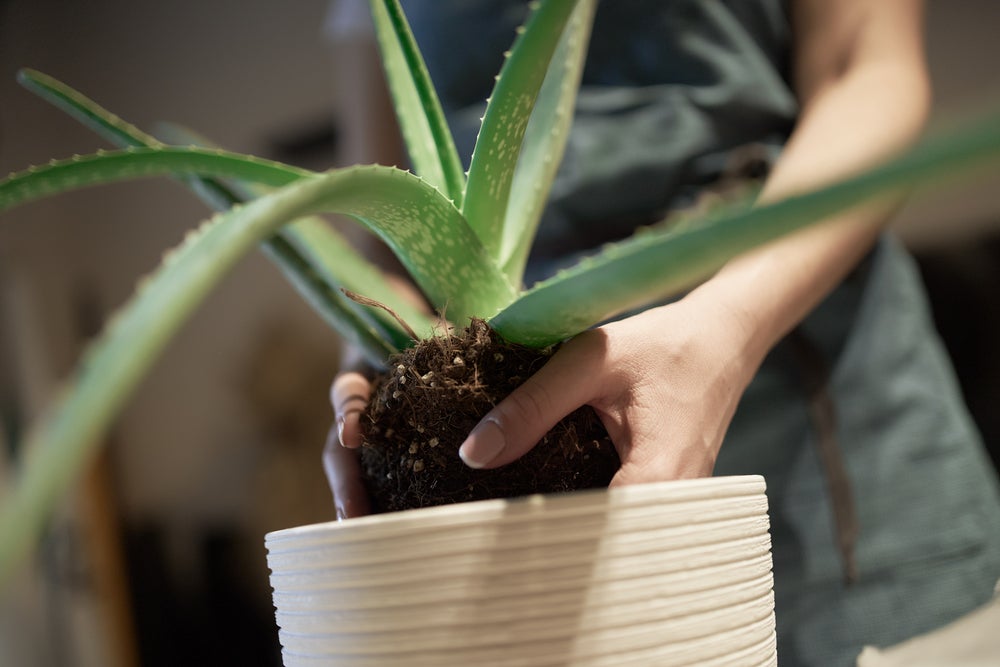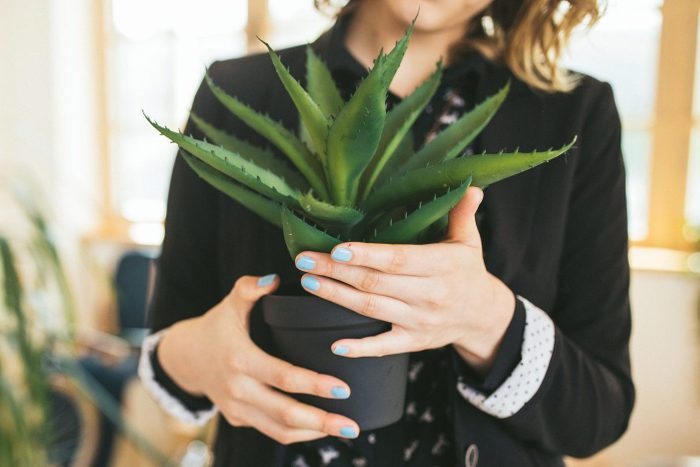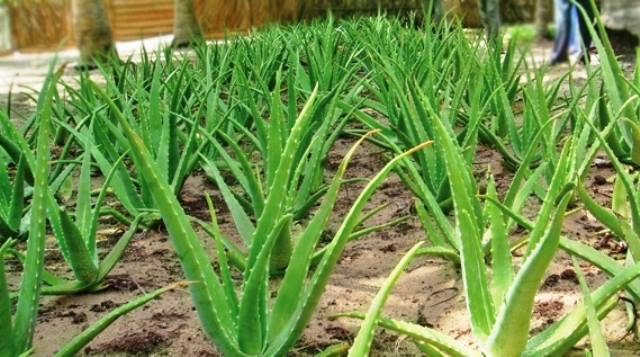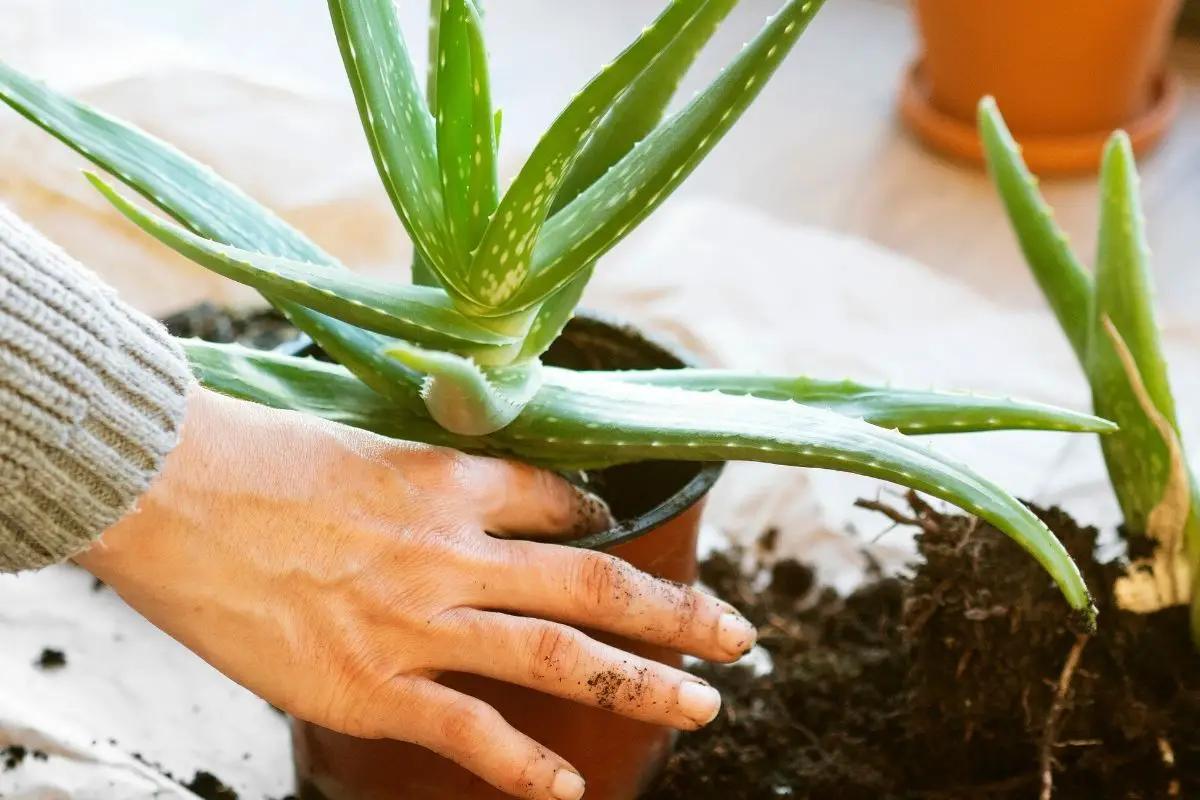
Aloe plants are known for their spiky leaves and various medicinal properties. These succulent plants can be grown indoors, adding a touch of greenery to your living space while also providing numerous benefits. In this guide, we will explore how to care for an aloe plant indoors, ensuring its health and longevity.
How to care for Aloe Plant Indoors
- Choosing the Right Aloe Plant
- Light and Temperature
- Watering
- Soil and Potting
- Fertilization
- Pruning and Propagation
- Common Issues
- Conclusion
Choosing the Right Aloe Plant

When selecting an aloe plant for indoor cultivation, it's essential to choose a healthy specimen. Look for plants with vibrant, green leaves and no signs of pests or diseases. Additionally, consider the mature size of the plant and ensure it will fit comfortably in your desired location.
Light and Temperature

Aloe plants thrive in bright, indirect light. Place your plant near a window that receives ample sunlight throughout the day. However, be cautious of exposing the aloe to direct sunlight for extended periods, as it can scorch the leaves. In terms of temperature, aim to keep the plant in a range of 55-80°F (13-27°C), which mimics its natural habitat.
Watering

Proper watering is crucial for the health of your aloe plant. Allow the soil to dry out completely between waterings to prevent overwatering, which can lead to root rot. A good rule of thumb is to water the plant deeply and then wait until the top inch of soil is dry before watering again. Remember that aloe plants are drought-tolerant and can survive with less water rather than too much.
Soil and Potting

A well-draining soil mix is essential for aloe plants. Choose a commercial cactus or succulent soil mix, or create your own by combining regular potting soil with perlite or pumice. The porous nature of these materials allows excess water to drain away, preventing waterlogged roots. When repotting, select a pot with drainage holes to ensure proper drainage.
Fertilization

Aloe plants do not require frequent fertilization. Feed your plant with a balanced, water-soluble fertilizer diluted to half-strength. Apply the fertilizer sparingly during the growing season, typically from spring to fall. Avoid fertilizing during winter, as the plant's growth slows down.
Pruning and Propagation

Pruning helps maintain the shape and size of your aloe plant. Remove any damaged or withered leaves by cutting them close to the base. To propagate your aloe, remove offsets or "pups" that appear at the base of the plant. Allow the offsets to dry for a day or two before potting them in well-draining soil.
Common Issues

Aloe plants are generally easy to care for, but they can still encounter some issues. Overwatering is a common problem that can cause root rot and leaf discoloration. Ensure the plant's soil dries out between waterings. Additionally, watch out for pests such as mealybugs or scale insects. If detected, treat the affected areas with an appropriate insecticide or wipe them off using a cotton swab dipped in rubbing alcohol.
Conclusion
Caring for an aloe plant indoors can be a rewarding experience. By providing the right light, temperature, watering, and soil conditions, you can ensure the health and longevity of your plant. Remember to choose a suitable aloe variety, be mindful of watering frequency, and watch out for common issues. With proper care, your aloe plant will thrive and add beauty to your indoor space while also offering its potential healing benefits.



0 Comments